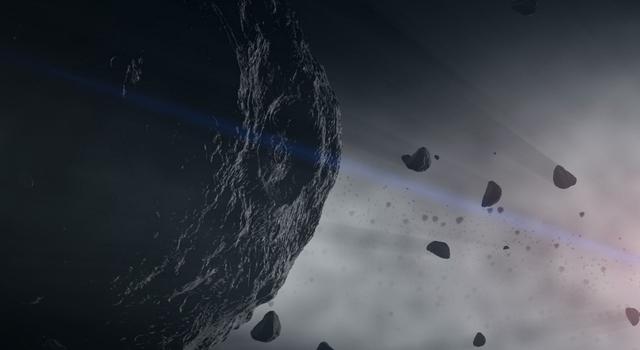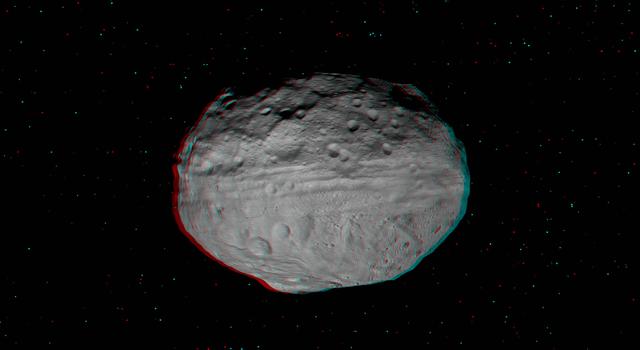Mission
Double Asteroid Redirection Test (DART) Mission Launch
When:
Wednesday, November 24Where:
Vandenberg Space Force Base, CaliforniaTarget Audience:
General AudienceOverview:
Follow along as NASA launches its first planetary defense mission. Learn more about the mission, find key dates, and explore related educational resources to engage students in asteroid science and detection below.
About the Mission:
NASA's Double Asteroid Redirection Test, or DART, mission is designed to test whether it's possible to change the motion of an asteroid by hitting it with a spacecraft called a kinetic impactor. If successful, a similar technique could be used to defend Earth against potential impacts by hazardous asteroids in the future.
To test the technique, DART will travel to a binary asteroid system consisting of a smaller asteroid, Dimorphos, orbiting a larger one, Didymos. DART will then deliberately crash into the orbiting asteroid to alter its speed and path around Didymos. After impact, telescopes on Earth will measure the orbital period of Dimorphos around Didymos to see what effect the impact had on the asteroid’s motion.
Note: The asteroids Didymos and Dimorphos do NOT pose a threat to Earth. At the time of DART's impact, they will be 6.8 million miles (11 million kilometers) from our planet.
Key Dates:
Launch window: Nov. 24, 2021 - Feb. 15, 2022
DART impact with Dimorphos: Sept. 26 - Oct. 2, 2022
Learn more and follow along with the latest news and updates on the mission website.
Educational Resources:
Educator Guides
-

Asteroids Lessons for Educators
Explore a collection of standards-aligned lessons all about asteroids and craters.
-

Create a Comet with Dry Ice
Build an icy model of a comet out of dry ice – complete with shooting jets! – as a demonstration for students.
Subject Science
Grades 2-5
Time Less than 30 mins
-

Comet on a Stick
Students build their own comet models using craft materials.
Subject Science
Grades 2-8
Time 30-60 mins
Expert Talks
Articles
-

How NASA Studies and Tracks Asteroids Near and Far
Here’s how NASA uses math and science to track the movements of asteroids and find out what they’re made of – and students can, too.
-
 For All Audiences
For All AudiencesAsteroids Articles from NASA/JPL Edu News
Read about NASA missions exploring asteroids, and meet the interns taking part in the discovery process.
Student Activities
Explore More:
- Website: Asteroid Watch
- Gallery: Next Five Asteroid Approaches
- Articles: Asteroid News and Images from JPL
- Student Article: What Is an Asteroid?
- Student Article: All About Comets
- Student Article: What Is a Meteor Shower?
- Student Article: What Is an Impact Crater?
- Student Article: Why Does the Moon Have Craters?
- Student Article: Asteroid or Meteor: What's the Difference?
- Project for Kids: Make a Comet on a Stick!






